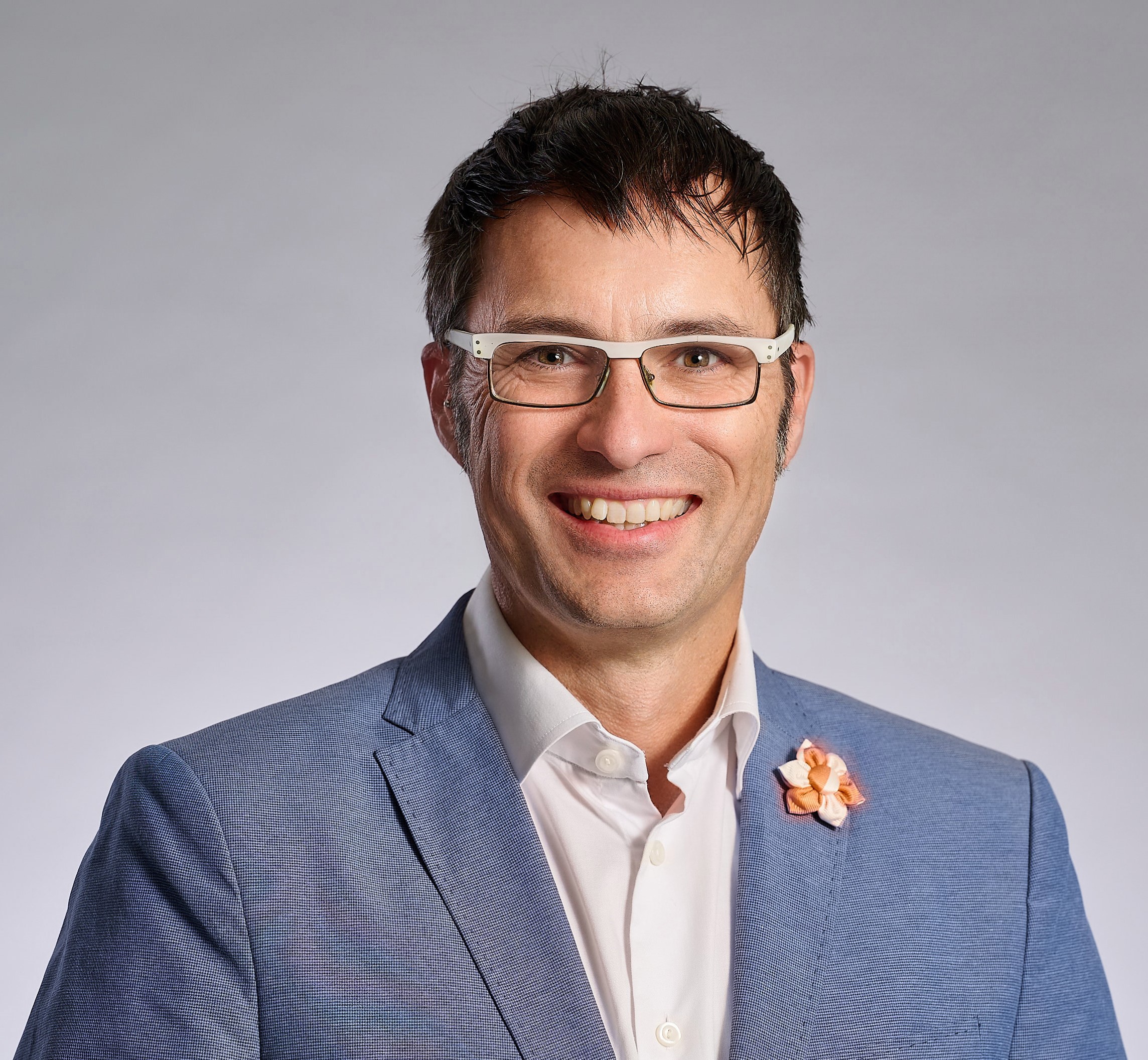
Exploration and development
Technical services for energy projects including seismic operations, drilling and wellsite geology, reservoir management, independent reporting and more.
No Content Set
Exception:
Website.Models.ViewModels.Components.General.Banners.BannerComponentVm
We are standing witness to a monumental global shift from fossil-based energy production to renewable energy sources. So, with renewed commitments to reduce carbon emissions and a global energy transformation, why aren't we talking about geothermal energy more?
When you think of renewable energy, your first thought is probably solar or wind. Yet, geothermal energy, the thermal energy harnessed from 'heat beneath our feet' deep underground, has been utilised for centuries. There is no time like the present to have a renewed outlook on geothermal energy and to explore some of the reasons why it needs to be a more significant part of any energy transition conversation.
Few topics within renewable energy are discussed as often (by sceptics and supporters alike), as the fact that both solar and wind, the two most popular renewable sources of energy, are variable in nature. In other words, the sun needs to shine, and the wind needs to blow. Additionally, the energy they produce requires storage for times when production and high demand are not aligned.
Geothermal energy has the potential to be an inexhaustible source of energy from right under our feet. It can offer a genuinely dispatchable energy source that does not require storage and is not variable in supply. This means that not only can it complement wind and solar energy supply, but in some cases, such as urban space heating, it may be a better choice.
Depending on the geology and geothermal recovery used, a geothermal project will require at least one borehole. These can be very shallow, drilled within the first few 100 metres of the earth’s surface or several kilometres deep.
However, drilling any borehole is not cheap and increases the initial upfront investment required for a geothermal project. Should the borehole fail to meet its requirements, it can have disastrous consequences for the project and increase the initial investment risk.
To hit a zone of maximum heat and flow, safely and cost-effectively, boreholes must be planned and placed in the correct position.
Therefore, a sound understanding of the subsurface is key to helping decrease any upfront drilling risk. In addition, advances in oil industry technology, such as seismic attribute modelling and directional drilling, could hold the key to decreasing geothermal drilling risk, although these obviously come at an additional cost.
Some geothermal projects are currently looking at the effectiveness of drilling intersecting deep horizontal wells to create a closed-loop system. It allows high specific heat capacity fluids with a greater heat extraction efficiency to be employed, rather than just the traditional water or brine extraction and re-injection. The result is that these systems allow geothermal energy to be harvested in areas that have not been considered geothermally favourable in the past.
The oil industry has been drilling complex boreholes safely for decades. This experience and technology allow boreholes to be placed with greater accuracy, resulting in greater energy return coupled with a decrease in the risk of failure.

The renewed commitment by the Biden Administration to the Paris Agreement and net-zero carbon emissions by 2050 has triggered a similar commitment to funding research to advance renewable energy. Part of this renewed commitment also includes a marked improvement in geothermal energy research funding.
In June 2021, the US Department of Energy (DoE) announced a new Funding Opportunity Announcement (FOA) for up to $14.5 million to support active field testing of Enhanced Geothermal Systems (EGS) technologies and techniques within existing wells.
In 2019 the United States invested $6.7 million in federal funding to support Eavor Technologies' closed-loop geothermal system, which, if proven, may have the capability to increase energy returns from areas' typically viewed' as not suited to geothermal energy generation.
In Europe, Geothermal energy is commonly used for electricity generation, urban space heating or agriculture and is funded in many different ways. For instance:
The global energy sector is currently undergoing a seismic shift, putting aside the complications caused by the Covid-19 pandemic. Recent data collected in a 2021 Energy Outlook Report by Brunel, from over 22,000 industry employees identified that 73% of workers (this was 56% in 2019) had a willingness to seek new jobs, and over a third (37%) in the oil and gas sector are considering migrating to renewables.
Nearly two-thirds of the same workforce (63%) said that climate change would affect the industry's future and expect their workforce to increase in the next 12 months.
So, what does that set of data represent? A change in mindset and a confident workforce driven by aspirations for a cleaner, low carbon world.

Transitioning from deep subsurface exploration for oil and gas to geothermal exploration utilises many of the key skills and expertise. As a result, the oil and gas industry workforce is best poised to meet the challenges of geothermal energy supply, with decades of safe drilling, exploration, development and asset management skills.
As partners and consultants with deep expertise in the global oil and gas industry and renewables, RPS is similarly best placed to advance the needs of this energy transition. We are supporting the energy transition with knowledge of permitting and regulatory compliance, environmental impact assessments, site investigations, subsurface geology, reservoir engineering, stakeholder engagement, and project management.

Director Energy Operations - AAP

Director Subsurface Low-Carbon Solutions